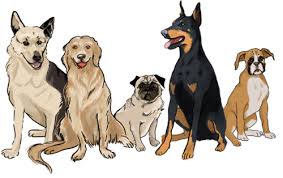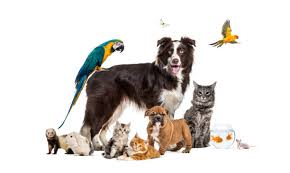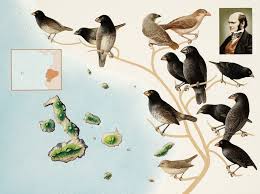The concept of genetic parameters, particularly heritability and repeatability, plays a vital role in animal breeding. Heritability refers to the proportion of observable traits passed from parents to offspring.
It indicates how much of an animal’s performance is genetically inherited. A trait with high heritability means animals with superior performance are likely to produce offspring with similar performance levels.
Repeatability refers to the ability of an animal to consistently produce the same performance level over multiple instances, such as milk yield in cows or egg production in hens.
Read Also: Introduction to Rabbit Rearing
Animal Variation

Variation naturally occurs within every species. No two individuals are exactly the same. Animal variation refers to the similarities and differences observed in traits, behaviors, and physical features. This variation is essential for survival.
In nature, resources like food, water, space, and mating partners are limited, causing individuals of the same species to compete. This competition forms the foundation for selection.
Types of Selection
1. Natural Selection
Natural selection is the environmental influence on an individual’s ability to survive and reproduce. Charles Darwin proposed this theory to explain how beneficial traits become more common in a population over time.
Animals with traits that offer survival advantages are more likely to reproduce and pass these traits to the next generation. Over many generations, this can lead to a shift in the population’s characteristics. Natural selection occurs within a species, not within individual organisms, and it depends on the spread of favorable traits throughout the gene pool.
2. Artificial Selection
Artificial selection involves human intervention to increase the presence of desirable traits in a population. Edward M. East formalized this approach. Breeders select animals with superior traits or high potential to produce superior offspring. These animals are said to possess high breeding values, and their selection helps to improve the genetic quality of the herd.
Read Also: 10 Health Benefits of Rabbit Meat
Selection Principles and Methods

A. Selection for a Single Trait
1. Mass Selection: Animals are chosen based on their individual performance. The trait should be highly heritable, measurable, and observable in both sexes. All animals must be managed under the same environmental conditions.
2. Pedigree Selection: Selection is based on the performance of ancestors. This method is used for traits not directly measurable in the animal, such as traits expressed at maturity or those linked to sex.
3. Family Selection: Also known as collateral relative selection, it uses the performance of siblings or other relatives like uncles, aunts, and cousins. It is more effective when the family size is large and the traits are highly heritable. This method suits poultry, rabbits, and swine better than cattle.
4. Progeny Selection: Animals are selected based on the performance of their offspring. This method is useful when the trait cannot be directly measured in the individual. For instance, dairy bulls may be selected based on the milk yield of their daughters.
B. Selection for Multiple Traits
1. Tandem Selection: Traits are selected one at a time in sequence. If traits are unrelated, improvements in one do not affect the others. If traits are positively related, improving one may improve others. However, if they are negatively correlated, improving one trait may worsen another. This method is suitable for a few traits with either positive or no correlations.
2. Independent Culling Levels: A minimum standard is set for each trait. Animals failing to meet any one standard are rejected, even if they excel in others. It is simple to implement and more effective than tandem selection when dealing with negatively correlated traits. The key is to limit selection to major traits and set achievable targets.
3. Selection Index: This is the most efficient method. A single value is used to represent multiple traits, with each trait weighted according to its economic importance. The index value is calculated using the heritability, phenotypic variance, and correlations between traits. Although complex, this method provides the best prediction of an animal’s overall breeding value and requires computerized analysis.
Variation among animals forms the basis for selection. No two individuals, even genetically identical ones, are exactly the same. Understanding the principles of both natural and artificial selection, along with the various methods for selecting single or multiple traits, is essential for improving genetic quality and performance in animal breeding.
Do you have any questions, suggestions, or contributions? If so, please feel free to use the comment box below to share your thoughts. We also encourage you to kindly share this information with others who might benefit from it. Since we can’t reach everyone at once, we truly appreciate your help in spreading the word. Thank you so much for your support and for sharing!

